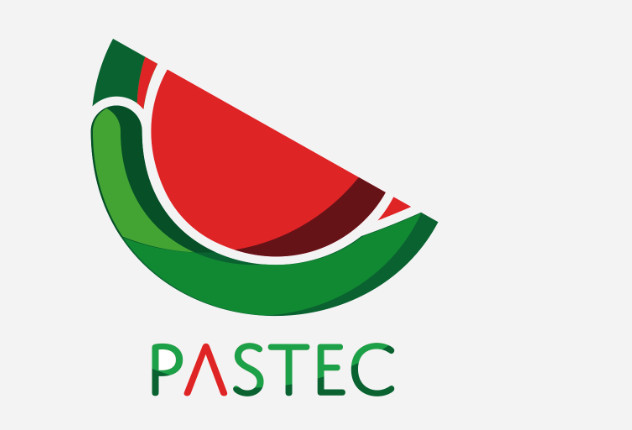
Pastec - Open Source for image recognition in DVD covers

git clone https://github.com/Visu4link/pastec.git
cd pastec
mkdir build
cd build
cmake ../
Finally, to compile Pastec, run make:
make
Example:
-
Command line with image data:
curl -X PUT --data-binary @/home/test/img/1.jpg http://localhost:4212/index/images/23 -
Answer:
{ "image_id" : 23, "type" : "IMAGE_ADDED" }
-
Command line with an image URL:
curl -X PUT -d '{"url":"http://www.mydomain.com/path/to/my/image.jpg"}' http://localhost:4212/index/images/26 -
Answer:
{ "image_id" : 26, "type" : "IMAGE_ADDED" }
Removing an image from the index
This call removes the signature of an image in the index thanks to its id. Be careful to not call often this method if your index is big because it is currently very slow.
-
Path: /index/images/
- HTTP method: DELETE
- Answer type: "IMAGE_REMOVED"
- Possible error type: "IMAGE_NOT_FOUND"
-
Example:
-
Command line:
curl -X DELETE http://localhost:4212/index/images/23 -
Answer:
{ "image_id" : 23, "type" : "IMAGE_REMOVED" }
-
Command line:
Search request
This call performs a search in the index thanks to a request image. It returns the id of the matched images from the most to the least relevant ones.
Request JPEG images with a size approximately equal to 450x340 pixels and a 75% quality are usally enough to achieve a good matching. Their small size allows to quickly send them over a mobile network.
- Path: /index/searcher
- HTTP method: POST
- Data: the binary data of the request image compressed in JPEG or a JSON containing the URL of the image in the "url" field.
- Answer: "SEARCH_RESULTS" as type field and a list of the the matched image ids from the most to the least relevant one in the "image_ids" field
- Possible error types: "IMAGE_NOT_DECODED", "IMAGE_SIZE_TOO_BIG", "IMAGE_SIZE_TOO_SMALL"
-
Example:
-
Command line with image data:
curl -X POST --data-binary @/home/test/img/request.jpg http://localhost:4212/index/searcher -
Answer:
{ "image_ids" : [ 2, 5, 43 ], "type" : "SEARCH_RESULTS" }
-
Command line with an image URL:
curl -X POST -d '{"url":"http://www.mydomain.com/path/to/my/image.jpg"}' http://localhost:4212/index/searcher -
Answer:
{ "image_ids" : [ 8, 12, 73 ], "type" : "SEARCH_RESULTS" }
-
Command line with image data:
Clear an index
This call erases all the data currently contained in the index.
- Path: /index/io
- HTTP method: POST
- Answer type: "INDEX_CLEARED"
- Possible error types: -
-
Example:
-
Command line:
curl -X POST -d '{"type":"CLEAR"}' http://127.0.0.1:4212/index/io -
Answer:
{ "type" : "INDEX_CLEARED" }
-
Command line:
Load an index
This call loads the index data in a provided path.
- Path: /index/io
- HTTP method: POST
- Data: a json with a type field of value "LOAD" and a "index_path" field that set the path where to read the index.
- Answer type: "INDEX_LOADED"
- Possible error types: "INDEX_NOT_FOUND"
-
Example:
-
Command line:
curl -X POST -d '{"type":"LOAD", "index_path":"test.dat"}' http://127.0.0.1:4212/index/io -
Answer:
{ "type" : "INDEX_LOADED" }
-
Command line:
Save an index
This call saves the index data in a specified path.
- Path: /index/io
- HTTP method: POST
- Data: a json with a type field of value "WRITE" and a "index_path" field that set the path where to write the index
- Answer type: "INDEX_WRITTEN"
- Possible error types: "INDEX_NOT_WRITTEN"
-
Example:
-
Command line:
curl -X POST -d '{"type":"WRITE", "index_path":"test.dat"}' http://127.0.0.1:4212/index/io -
Answer:
{ "type" : "INDEX_WRITTEN" }
-
Command line:
Ping Pastec
This call sends a simple PING command to pastec that answers with a PONG.
- Path: /
- HTTP method: POST
- Data: a json with a "type" field of value "PONG"
- Answer type: "PONG"
- Possible error types: -
-
Example:
-
Command line:
curl -X POST -d '{"type":"PING"}' http://localhost:4212/ -
Answer:
{ "type" : "PONG" }
-
Command line:
